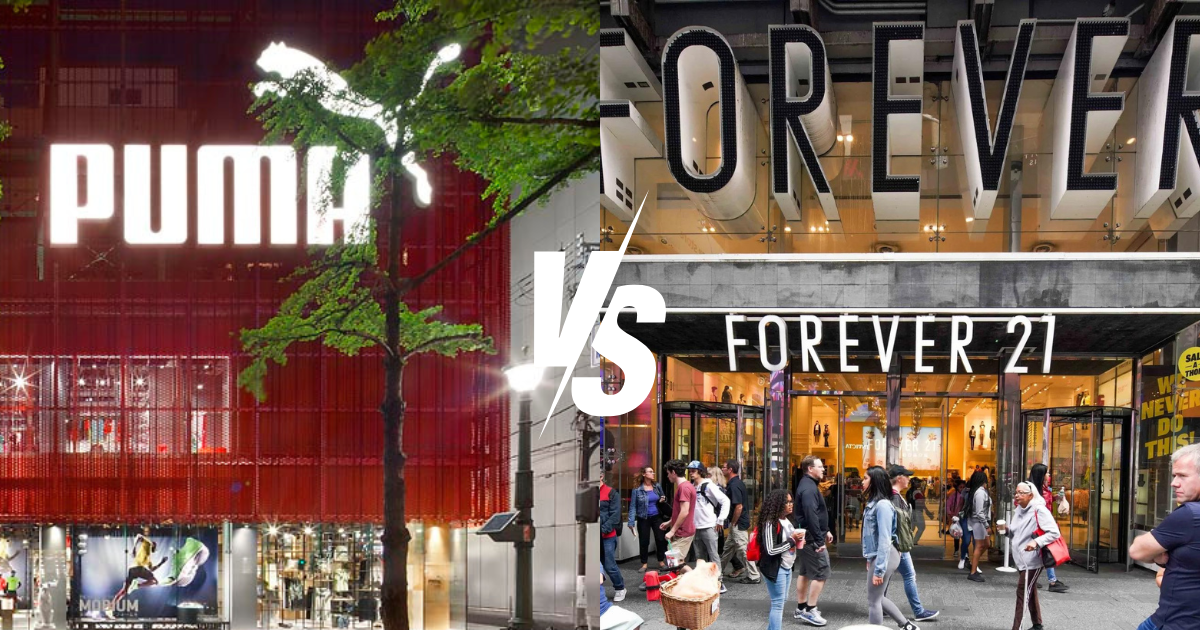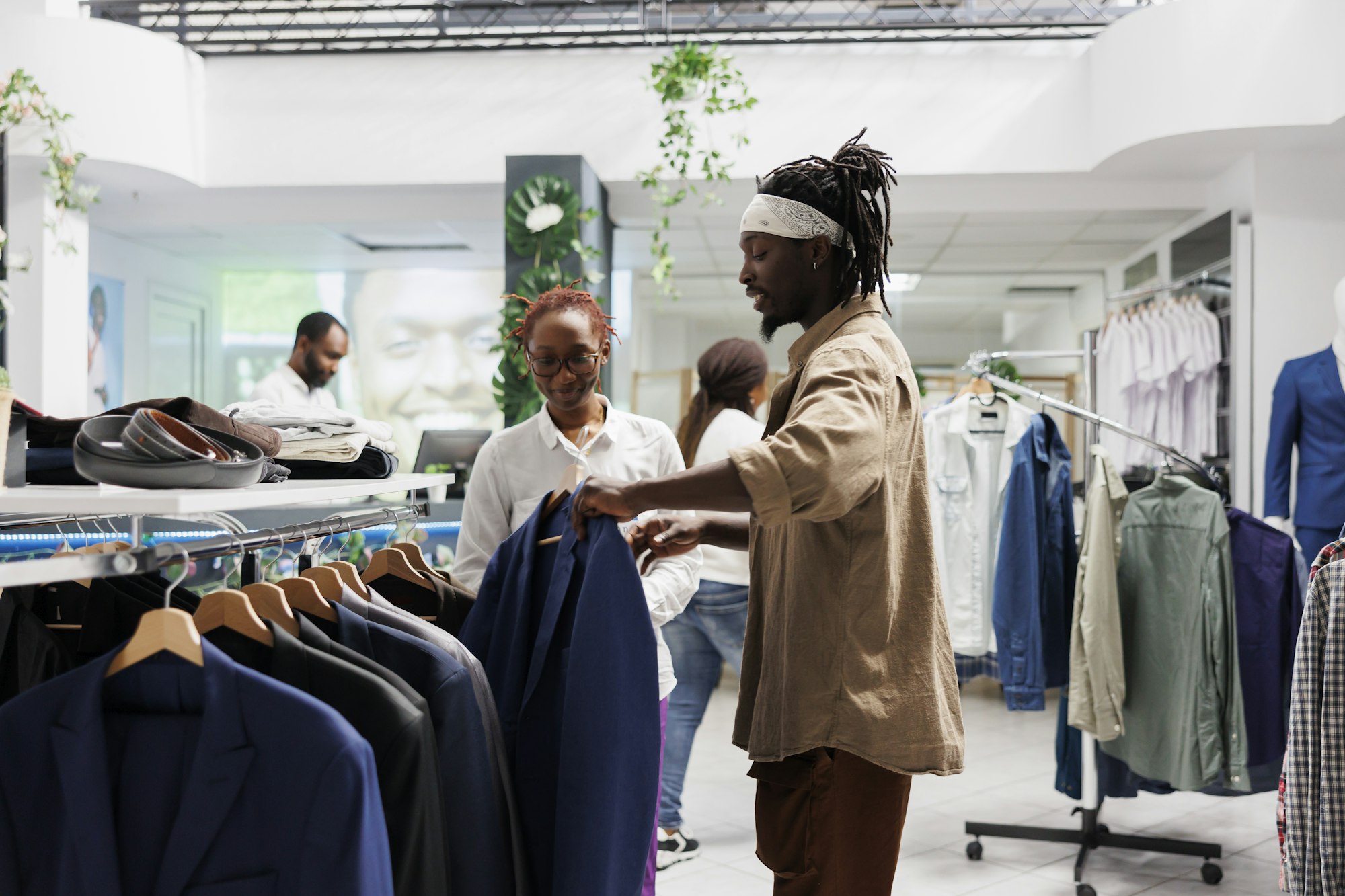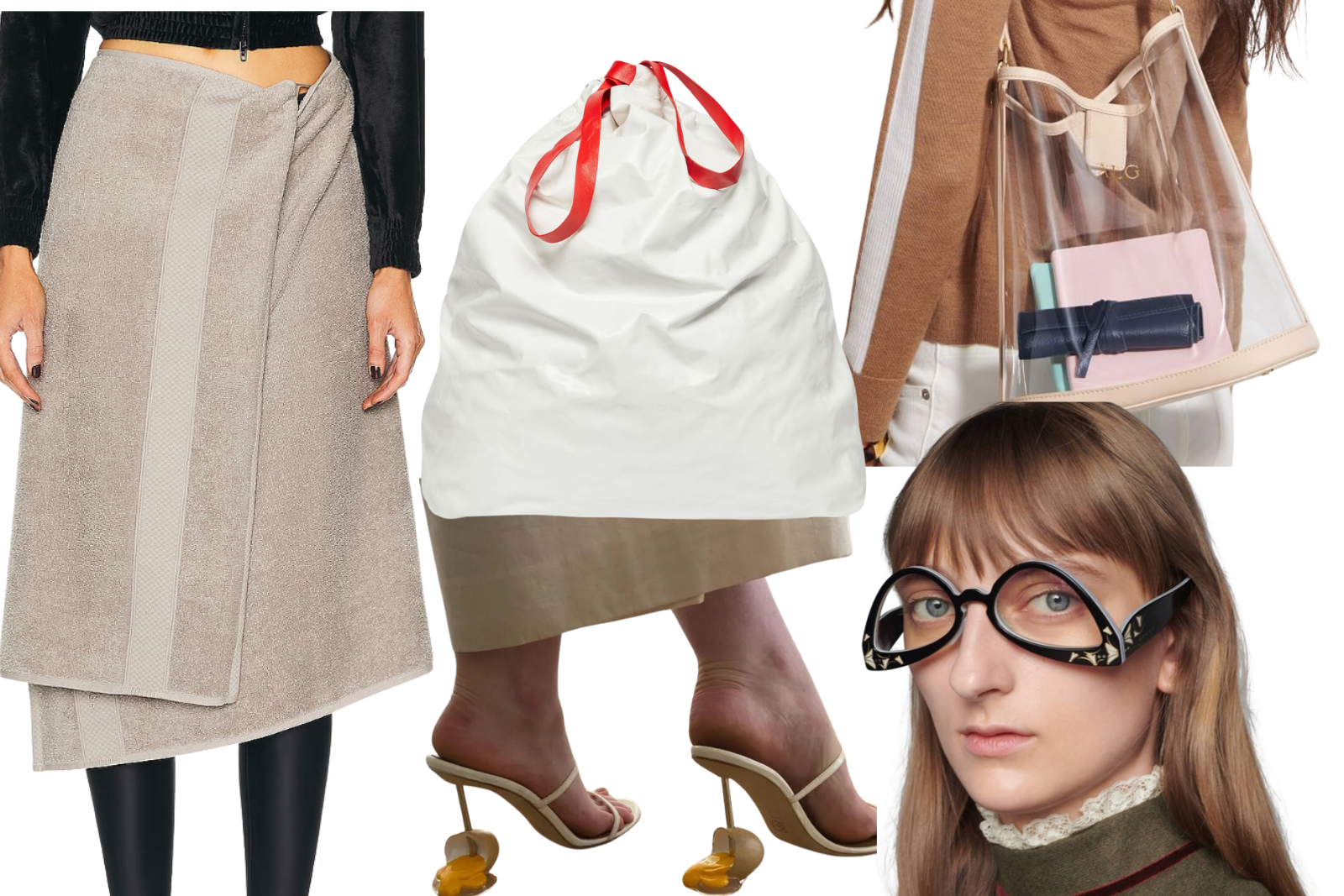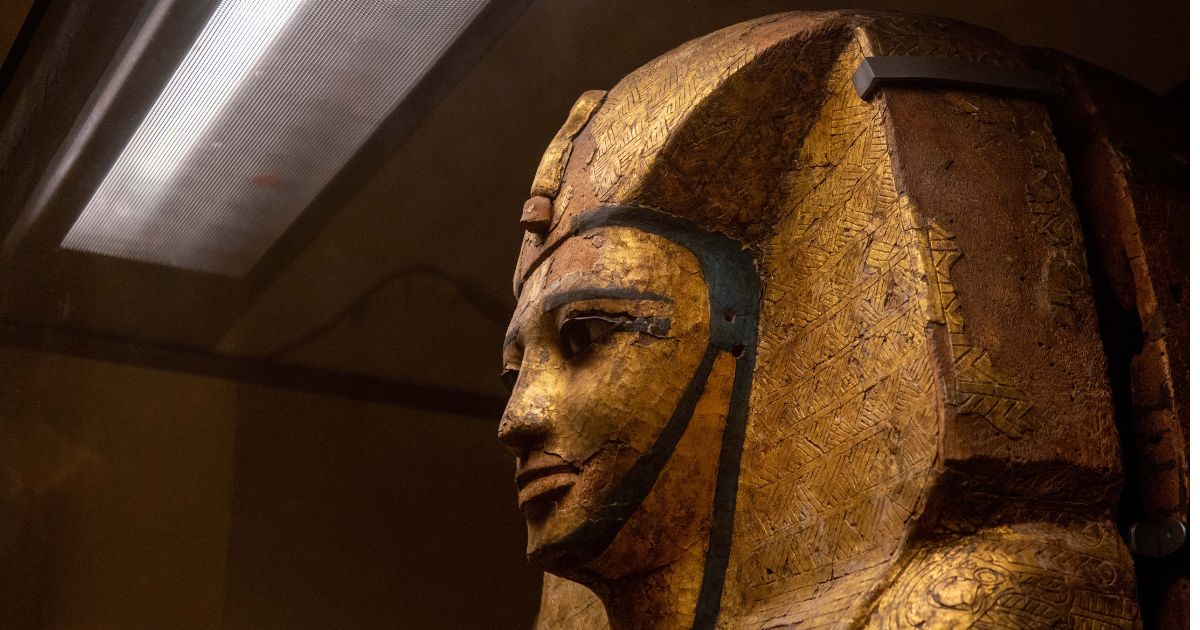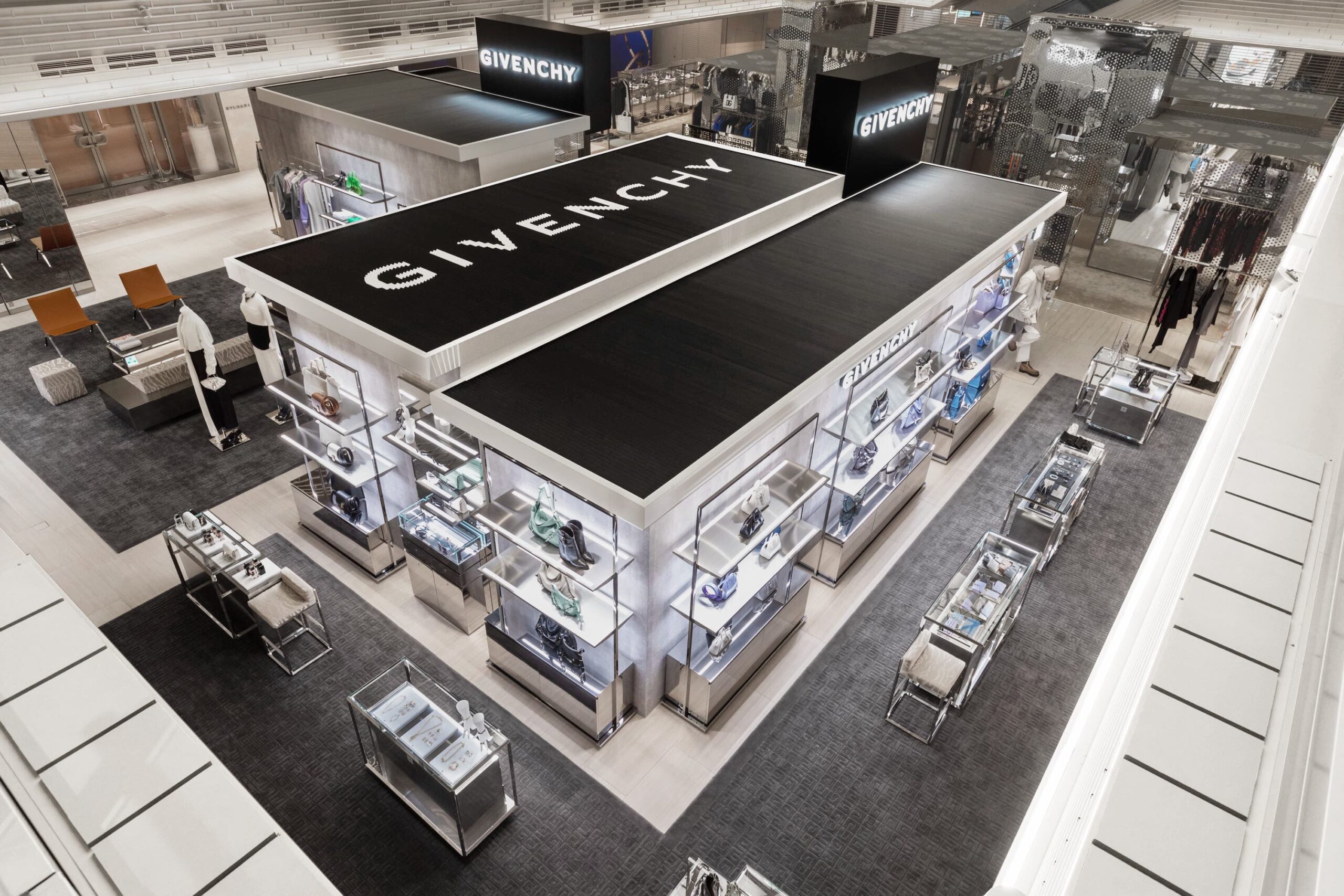Introduction
In the ever-evolving landscape of fashion, trends not only dictate the latest most happening styles but also consumer behavior. Among the myriad of trends that have gained significant popularity in recent years, the phenomenon of “dupe culture” stands out as a notable example of how digital connectivity and social media have reshaped the fashion industry. Once relegated to discreet corners of fashion enthusiasts seeking affordable alternatives, dupes, short for duplicates, have now entered mainstream consumer culture, thanks in large part to social media and online retail platforms. From niche corners of fashion forums to mainstream social media platforms, dupes, products that closely resemble high-end designer items without infringing on intellectual property, have become a pervasive aspect of consumer behavior. This article explores dupe culture, its rising popularity due to social media and influencers, its impact on businesses, intellectual property considerations, and potential pathways forward.
What is a Dupe?
A dupe refers to a product designed to mimic the look and feel of another, typically higher-priced item without bearing its exact branding or violating intellectual property rights. Unlike counterfeit goods, which deliberately deceive consumers by replicating branded logos and trademarks, dupes operate within a legal gray area by focusing on design and aesthetic similarity rather than brand identity. This distinction allows dupes to capitalize on the popularity and design elements of well-known products while offering consumers a more affordable alternative.
The Rise of Dupe Culture
The rise of dupe culture can be attributed to several factors, the primary among them is the democratization of fashion facilitated by social media platforms. Platforms like TikTok, Snapchat, Instagram, and YouTube have transformed into influential hubs where fashion enthusiasts and influencers alike share styling tips, product reviews, and budget-friendly alternatives to high-end goods. These platforms not only amplify trends but also accelerate the dissemination of dupe recommendations, making affordable fashion accessible to a global audience.
Social media platforms play a central role in fueling dupe culture by leveraging algorithms that prioritize engaging content and amplify viral trends. Algorithms on platforms like Instagram Reels are particularly adept at surfacing content featuring dupes, ensuring that budget-friendly alternatives gain visibility and traction among users seeking fashionable yet economical choices. Concurrently, online marketplaces such as Amazon and Meesho provide a vast array of dupe options, enabling consumers to browse and purchase alternatives to high-end products with ease and convenience.
Influencers, with their huge followings and persuasive influence, serve as key players in popularizing the dupe culture. By showcasing affordable alternatives to luxury items in their sponsored posts and product reviews, influencers cater to their audience’s desire for aspirational fashion at accessible prices. Through authentic endorsements and relatable content, influencers not only validate the appeal of dupes but also normalize the practice of opting for budget-friendly alternatives over premium brands.
How Dupes Affect Businesses
The impact of dupe culture on businesses, particularly within the fashion industry, extends beyond consumer choice and affordability. While consumers benefit from access to trendy, budget-friendly alternatives, the proliferation of dupes poses significant challenges and considerations for brands, retailers, and designers alike.
Brand Dilution
One of the primary concerns for luxury and designer brands facing dupe culture is the potential dilution of brand identity and perceived value. Luxury brands invest heavily in cultivating a distinct image of exclusivity, craftsmanship, and heritage. However, the availability of look-alike products at a fraction of the cost can diminish the exclusivity associated with these brands. When consumers opt for dupes instead of original products, it can erode the premium positioning that luxury brands strive to maintain. This dilution can impact brand loyalty and undermine efforts to differentiate based on quality and craftsmanship.
Impact on Sales and Revenue
For businesses, particularly smaller brands and independent designers, the presence of dupes can directly impact sales and revenue streams. When consumers choose affordable alternatives over original designs, it translates into lost sales opportunities for brands. This loss is especially acute for smaller entities that may lack the marketing budgets or brand recognition to compete effectively against dupes flooding the market. Reduced sales can hamper growth prospects, limit investment in new collections, and curtail innovation within the industry.
Challenges in Innovation and Design
The prevalence of dupes can create a disincentive for brands to invest in innovation and original design. Fashion thrives on creativity, innovation, and the ability to set trends. However, when knockoffs and imitations flood the market, brands may hesitate to introduce new designs or invest in groundbreaking collections. This cautious approach stems from concerns that innovative designs may be quickly replicated and commoditized as dupes, undermining the brand’s ability to direct investments towards research, development, and creative talent.
Erosion of Consumer Trust and Brand Integrity
Dupes can also impact consumer trust and brand integrity, particularly when consumers unknowingly purchase lower-quality imitations under the guise of affordable alternatives. Brands that emphasize quality, ethical production practices, and sustainability may find their reputations tarnished if consumers equate their products with cheaper, less durable dupes. This erosion of trust can damage long-term relationships with customers who value authenticity and transparency in their purchasing decisions.
Legal and Ethical Considerations
From a legal standpoint, navigating dupe culture involves complex considerations regarding intellectual property rights and consumer protection laws. While dupes typically avoid infringing on trademarks and patents by not replicating logos or exact designs, they raise ethical questions about the appropriation of aesthetic elements and design inspiration. Brands must tread carefully to protect their intellectual property while ensuring compliance with regulations governing fair competition and consumer rights.
IP Considerations
Intellectual Property (IP) considerations play a crucial role in navigating the complexities of dupe culture within the fashion industry. As brands and designers fighting against the proliferation of look-alike products, understanding the legal framework surrounding intellectual property rights is essential to protect original creations, maintain brand integrity, and uphold ethical standards.
Trademark and Brand Protection
Trademarks serve as a cornerstone of brand identity and consumer recognition in the fashion industry. They distinguish products and services from competitors and convey a sense of quality and authenticity to consumers. In the context of dupe culture, brands must vigilantly protect their trademarks to prevent unauthorized use or imitation by competitors or counterfeiters. This includes safeguarding logos, brand names, and other distinctive marks associated with the brand.
When evaluating potential infringements related to dupes, brands must assess whether the use of similar marks or designs by competitors could lead to consumer confusion regarding the source or quality of the products. Trademark infringement occurs when a competitor uses a mark that is identical or substantially similar to a registered trademark in a way that could mislead consumers about the origin of the product.
Design Rights and Copyright Protection
Design rights and copyrights are instrumental in safeguarding the aesthetic and creative elements of fashion designs. Design rights protect the visual appearance of a product, including its shape, configuration, pattern, or ornamentation, from unauthorized copying. Copyright protection extends to original artistic or literary works, such as fabric patterns, textile designs, or graphic prints used in fashion collections.
In the context of dupes, fashion brands may face challenges related to the unauthorized reproduction or adaptation of their original designs. While exact replicas may constitute straightforward infringements of design rights or copyrights, subtle variations or adaptations can also raise legal questions regarding the extent of protection afforded to original designs.
Patent Protection
Patents play a significant role in protecting innovative technologies or functional aspects of fashion products. While fashion designs themselves generally do not qualify for patent protection in various jurisdictions, certain technical innovations or proprietary manufacturing processes used in garment production may be eligible for patenting. Design patents in many jurisdictions are gaining popularity for protecting designs in the fashion industry. Patents provide exclusive rights to inventors to prevent others from making, using, or selling the patented invention without permission.
In the context of dupe culture, brands may explore patent protection for novel textile technologies, fabric treatments, or functional elements that offer unique benefits or competitive advantages in the marketplace. This strategic approach not only deters competitors from copying innovative functional and design features but also reinforces a brand’s commitment to advancing technological advancements within the fashion industry.
Enforcement Strategies
Enforcing intellectual property rights against dupes requires a multifaceted approach that combines proactive monitoring, legal action against infringers, and collaboration with regulatory authorities and online platforms. Brands may employ technology-driven solutions, such as image recognition software, to detect unauthorized use of trademarks or designs across digital platforms.
Legal remedies available to brands affected by dupe culture include cease-and-desist letters, civil litigation seeking injunctions or damages for infringement, and collaboration with customs authorities to prevent the importation and distribution of counterfeit or infringing products. Online platforms play a pivotal role in facilitating enforcement efforts by implementing policies and tools to combat the listing and sale of counterfeit goods on their platforms.
Educational Initiatives and Consumer Awareness
Beyond legal enforcement, brands can engage in educational initiatives aimed at raising consumer awareness about the value of intellectual property and the ethical implications of purchasing dupes. By promoting transparency about their commitment to creativity, innovation, and responsible sourcing practices, brands can cultivate a loyal customer base that values authenticity and supports ethical fashion choices.
Conclusion and Way Forward
Dupe culture represents a multifaceted phenomenon that underscores the intersection of consumer behavior, digital influence, and business dynamics within the fashion industry. While offering consumers affordability and choice, dupes challenge traditional notions of brand exclusivity and intellectual property. As fashion continues to evolve in an increasingly interconnected world, finding a harmonious balance between consumer demand for accessible fashion and ethical considerations remains paramount. By navigating these complexities with foresight and integrity, stakeholders can collaboratively shape a fashion ecosystem that embraces innovation, authenticity, and sustainability for generations to come.
Addressing the complexities posed by dupe culture necessitates collaborative efforts from stakeholders across the fashion industry. Brands can enhance consumer education on the ethical implications of purchasing dupes versus original products, emphasizing factors such as quality, craftsmanship, and sustainability. Regulatory bodies and online platforms can implement stricter policies to curb counterfeit and misleading listings, thereby safeguarding consumer interests, and fostering a more transparent marketplace. Additionally, promoting a culture that values innovation, ethical production practices, and genuine creativity can shift consumer preferences towards supporting brands that prioritize authenticity and responsible consumption.
References
- Jacobacci Avvocati, The “Dupe” phenomenon and the protection of intellectual and industrial property rights, available at: https://www.lexology.com/library/detail.aspx?g=ca794027-72f6-4882-882d-9322e8244e65#:~:text=These%20provisions%20provide%20that%20the,trademark%20is%20registered%2C%20when%20said.
- Laura Roselius, The Dupe phenomenon, available at: https://www.bocoip.com/en/the-dupe-phenomenon/.
- Nicolette Shamsian, Fashion Victims: Dupes Are a Serious Problem, https://abovethelaw.com/2023/12/fashion-victims-dupes-are-a-serious-problem/.
Author: Vaidehi Sharma is a penultimate year law student at Maharashtra National Law University, Nagpur, with a keen interest in fashion law and media and entertainment law. She has substantial research and work experience in intellectual property laws. Vaidehi is dedicated to advancing her expertise in these dynamic legal fields.








